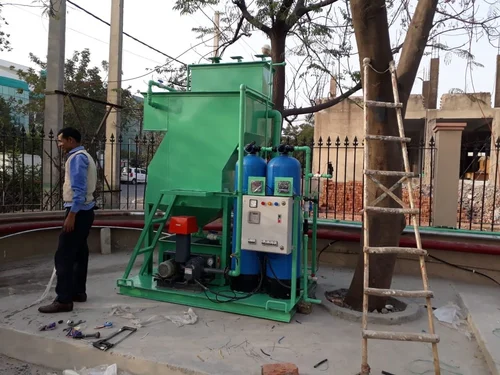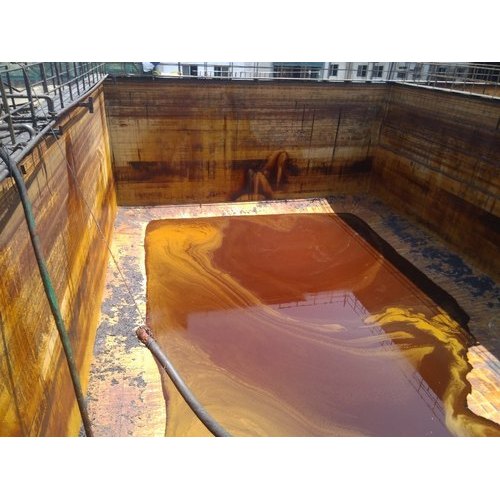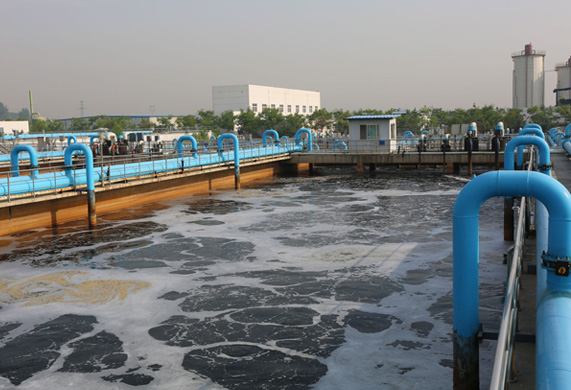Effluent Treatment Plants (ETPs) play a critical role in treating industrial wastewater, safeguarding the environment from harmful pollutants. Regular cleaning of ETP tanks is essential to ensure optimal performance and prevent system issues. In this comprehensive guide, we will provide a step-by-step approach to ETP tank cleaning, encompassing best practices and techniques for efficient wastewater treatment.
Call ~ 7447474074 ~ To Book your Service. Best Service @ Affordable Cost Assured.
1. Safety Precautions and Equipment Preparation: Prioritize safety during ETP tank cleaning. Equip personnel with appropriate safety gear, including gloves, goggles, and respirators. Ensure that cleaning equipment, such as pumps and hoses, are in good working condition.
2. Emptying the ETP Tank: Begin the cleaning process by emptying the ETP tank of its contents. Pump out the wastewater and sludge carefully, adhering to proper disposal procedures.
3. Manual Removal of Residues: Once the tank is emptied, manually remove residues, sediments, and sludge from the tank walls and floor. Use appropriate tools to scrape off stubborn deposits.
4. High-Pressure Water Jetting: Utilize high-pressure water jetting to dislodge and remove adhered contaminants. The force of the water jet helps clean hard-to-reach areas of the tank effectively.
5. Cleaning with Biodegradable Solutions: Employ biodegradable cleaning solutions to dissolve oil, grease, and organic matter. These solutions are environmentally friendly and aid in the thorough cleaning of the tank.
6. Rinse and Disinfection: After cleaning, thoroughly rinse the ETP tank with clean water to remove any remaining residues. Follow up with disinfection to eliminate harmful bacteria and pathogens.
7. Inspection and Repairs: Inspect the ETP tank and associated components for any signs of damage or wear. Address any issues promptly to ensure the tank’s proper functioning.
FAQ’s:
Q1. How often should ETP tank cleaning be performed?
ETP tank cleaning should be performed at least once every six months or as needed, depending on wastewater volume and quality.
Q2. Can I clean the ETP tank without professional assistance?
Cleaning an ETP tank requires specialized knowledge and equipment. Professional assistance is recommended for safe and effective cleaning.
Q3. What are the benefits of regular ETP tank cleaning?
Regular ETP tank cleaning ensures optimal system performance, reduces the risk of breakdowns, and maintains compliance with environmental regulations.
Q4. Can ETP tank cleaning improve wastewater treatment efficiency?
Yes, a clean ETP tank allows the treatment process to function efficiently, enhancing the quality of treated wastewater.
Q5. Is it essential to follow safety guidelines during ETP tank cleaning?
Yes, adhering to safety guidelines is crucial to protect personnel and the environment during ETP tank cleaning.
Proper ETP tank cleaning is vital for efficient wastewater treatment. If you require professional ETP tank cleaning services or have any questions related to industrial wastewater treatment, contact us today. Our experts are ready to assist you in maintaining a highly effective and environmentally responsible ETP system.
Deep Cleaning Service Provider ~ Water Tank Cleaning Service Provider ~ Pest Control Service Provider ~ Septic Tank Cleaning Service Provider ~ Drainage line cleaning Service Provider ~ Housekeeping Service Provider ~ Well Cleaning Service Provider ~ STP Operation Service Provider ~ STP Maintenance Service Provider ~ STP Setup Service Provider ~ STP Installation Service Provider ~ STP Cleaning Service Provider ~ Ground Terrace Cleaning Service Provider ~ Ground Cleaning Service Provider ~ Terrace Cleaning Service Provider ~ Construction Waste Disposal Service Provider ~ Post Construction Cleaning Service Provider ~ Post Renovation Cleaning Service Provider




